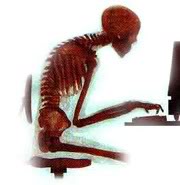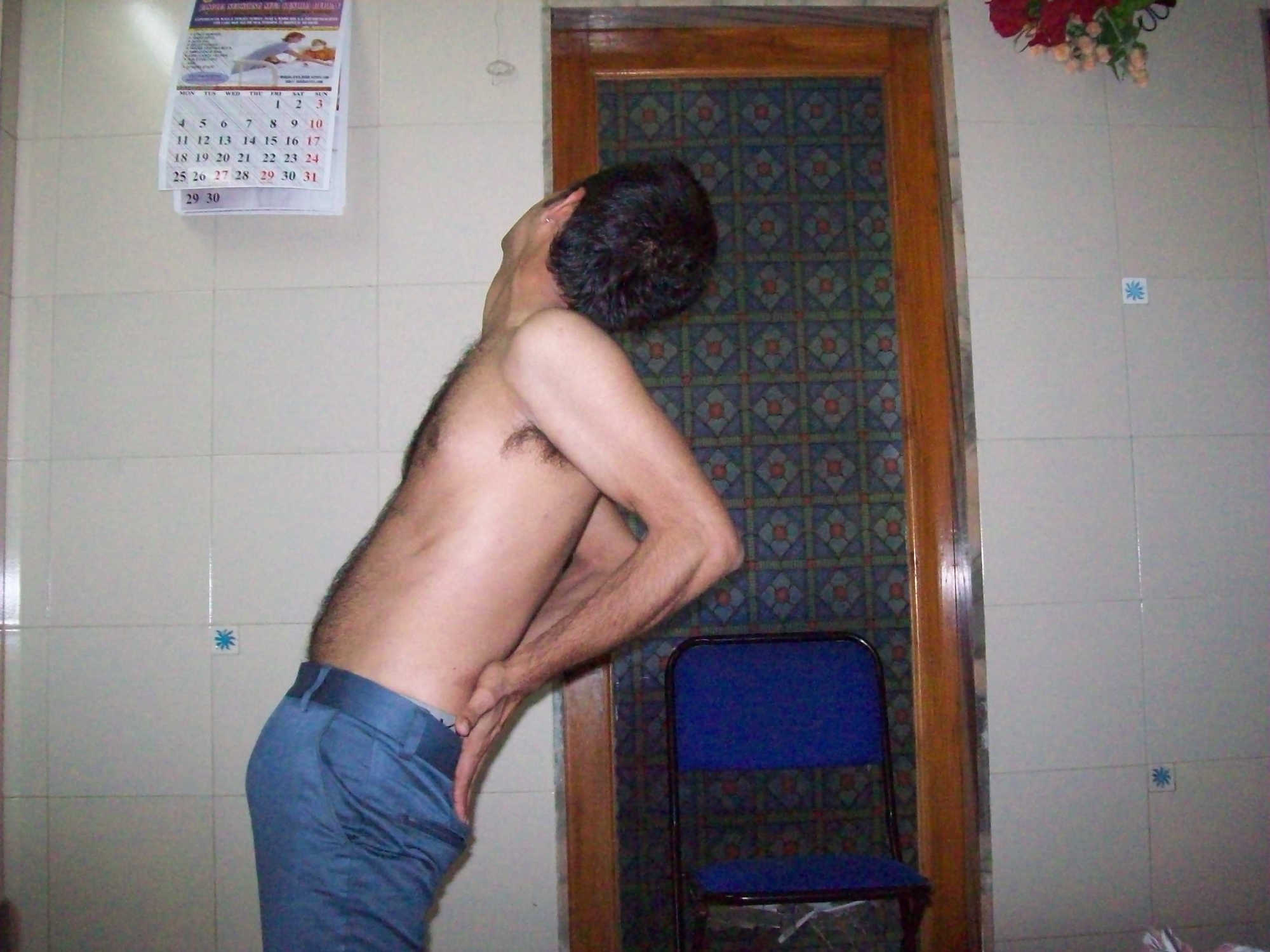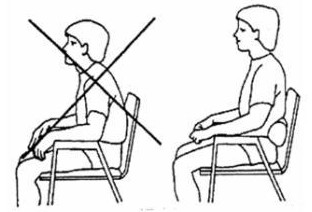Shrigiridhari Physiotherapy Center
"Back Neck and Joints"
India's Only Certified Mckenzie Clinic
Dr. Asha Menon (P.T.), Dip. MDT
Diplomated McKenzie
Clinician

Dr. Asha Menon (P.T.), Dip. MDT
Diplomated McKenzie
Clinician

As the facility provider
Accredited From The McKenzie Institute International, New Zealand
A Non-surgical superspecialisation center for Back, Neck and Joint pain.

Why do we emphasise
on
Posture.
Robin McKenzie said, “If there is one thing I would like to make a difference to, in a patient, it is Posture”. We at ‘Back Neck and Joints’ believe in the philosophy of Robin McKenzie.
Rightly so too. The very reason why we
emphasize so much on your posture in our facility is you could put
your money on it for preventing the recurrences of your
symptoms.
Is your child complaining of back or neck
pain?
Geldhof et al 2007. A study on Classroom postures of 8-12 year old children, suggests,
“Prolonged static sitting with a poor posture is
common in elementary schoolchildren in Flanders and from a
biomechanical point of view, a supplementary spinal load may
be
assumed. Although the association with back pain at
this young age is limited, modifications seem necessary to prevent
future back pain.
Moreover, it seems that
the
postural behaviour of young
individuals partly depends
on
components of the class environment, such as
school furniture, teaching
method,
organizational
class structures, the pedagogic concept and school management.
The
current study shows that dynamic sitting is very
uncommon in the actual class environment in Flanders. According to
this finding and to the literature, it would seem useful to create
and evaluate a multi-dimensional primary prevention programme,
implementing movement breaks, alterations of class organization and
time structures. The development of dynamic sitting habits in
school-age children may help to improve sitting habits in
adulthood.”
Why is it important to interrupt
your postures?
A comparison of , the effects of two sitting postures on back and referred pain. Williams, Hawley, McKenzie and van Wijmen 1991, This study showed that with just 10 min of sitting with lumbar roll, in 210 patients, 48% of those in lordotic posture centralized.
According to Harrison et al 1999 and Pynt et al., 2001, a mixture of maintaining lordosis plus moving at regular intervals is best for the back.
McKenzie (1979) in
the article on “Prophylaxis in recurrent LBP” emphasized the need
to restore and maintain the lumbar lordosis and frequent extensions
to continue with normal functions. Published was a survey of
patients from 1965-1975 which showed that 74% of patients
had at least 50% reduction in recurrences.
According to Harms-Ringdahl,1986, Volunteers without neck symptoms maintained flexion of the lower cervical and thoracic spine and perceived increasing discomfort after 2 to 15 minutes, which ceased when they discontinued the posture.

What effect does the slouch position have on your intervertebral disc?
The amount of hydrostatic pressure within the intervertebral disc (IVD) nucleus is affected by the manner in which one sits, with the trunk either flexed or erect. Nachemson 1976 found that there was 40% more intradiscal pressure at L3 in unsupported slumped (kyphosed) sitting compared with intradiscal pressure in erect standing. He also reported an increase of 85% in intradiscal pressure if the subject leant forward in a kyphosed sitting posture. Adams & Mcnally 1994 kinematic study on cadaveric spine compression by 500N by half the lumbar flexion available there was 12% increase in intradiscal pressure, with 75% of lumbar flexion an increase in 45% intradiscal pressure, and with full flexion, a 110% rise.
Are Lordosed or Kyphosed Sitting
Postures more Harmful to Spinal Postural
Health?

Kyphosed sitting
postures serve to
:
Increase IVD shear force [Hedman & Fernie 1997],
Increase posterior annulus tensile forces (Hedman & Fernie 1997)
Increase anterior annulus load (Horst & Brinkmann 1981)
Increase hydrostatic pressure in the nucleus of the disc (Sato et al 1999),
Increase loading of the posterior ligamentous system and the posterior fibres of the IVD (McGill & Brown 1992)
If loading is sustained it will increase creep in posterior spinal structures, (McGill & Brown 1992)
Decrease ultimate compressive strength of motion segments (Gunning et al 2001)
Decrease nutrition (McMillan et al 1996)
May ultimately contribute to disc degeneration (Lotz et al 1998)
and consequently be a cause of your pain.
Copyright ©2013, Shrigiridhari Physiotherapy Center. All Rights Reserved.